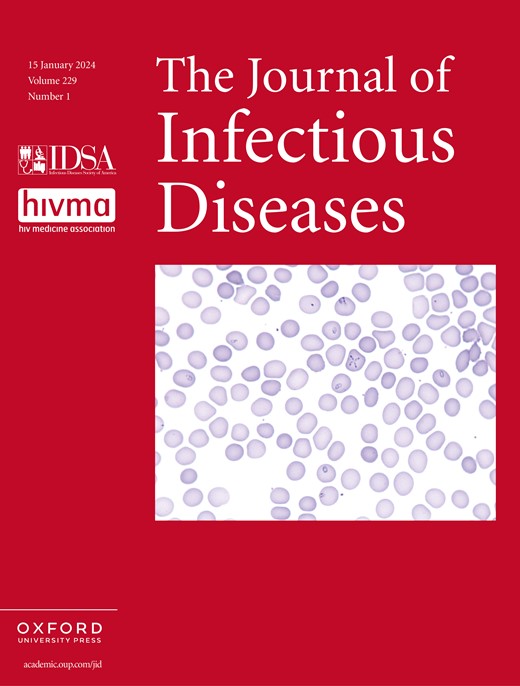 Allison K Guitor, Anna Katyukhina, Margaret Mokomane, Kwana Lechiile, David M Goldfarb, Gerard D Wright, Andrew G McArthur, & Jeffrey M Pernica
Allison K Guitor, Anna Katyukhina, Margaret Mokomane, Kwana Lechiile, David M Goldfarb, Gerard D Wright, Andrew G McArthur, & Jeffrey M Pernica
J Infect Dis. 2024. Jan 31:jiae049.
Background: Macrolide antibiotics, including azithromycin, can reduce under-five mortality rates and treat various infections in children in sub-Saharan Africa. These exposures, however, can select for antibiotic-resistant bacteria in the gut microbiota.
Methods: Our previous randomized controlled trial (RCT) of a rapid-test-and-treat strategy for severe acute diarrhoeal disease in children in Botswana included an intervention (three-day azithromycin dose) group and a control group that received supportive treatment. In this prospective matched cohort study using stools collected at baseline and 60 days after treatment from RCT participants, the collection of antibiotic resistance genes or resistome was compared between groups.
Results: Certain macrolide resistance genes increased in prevalence by 13% to 55% at 60 days, without differences in gene presence between the intervention and control groups. These genes were linked to tetracycline resistance genes and mobile genetic elements.
Conclusions: Azithromycin treatment for bacterial diarrhoea for young children in Botswana resulted in similar effects on the gut resistome as the supportive treatment and did not provide additional selective pressure for macrolide resistance gene maintenance. The gut microbiota of these children contains diverse macrolide resistance genes that may be transferred within the gut upon repeated exposures to azithromycin or co-selected by other antibiotics.

